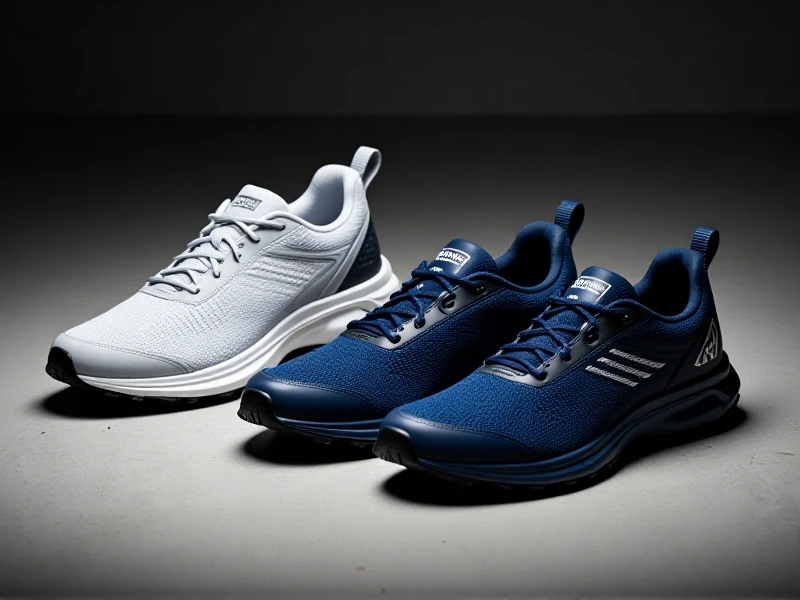
Discover the Best Stability Running Shoes for Injury-Free and Efficient Running
If you're a runner struggling with knee pain, shin splints, or fatigue, stability running shoes might be the game-changer you need. Designed specifically for overpronators—those whose feet roll inward excessively during strides—these shoes provide targeted support to correct biomechanical imbalances. By enhancing motion control and distributing impact more evenly, they help prevent common injuries while improving your overall running experience. I've seen countless clients transform their training with the right pair, so let me break down why these shoes are essential and how to choose the perfect fit for your goals.
The core benefits of stability running shoes revolve around protection and performance. Thanks to features like medial posts (firmer foam on the inner midsole) and structured arches, they reduce overpronation, which can lead to issues like plantar fasciitis or IT band syndrome. This extra support translates to better shock absorption, easing stress on joints and muscles, so you can push harder in workouts without setbacks. Plus, their balanced design promotes a more efficient stride, potentially boosting your speed and endurance. Whether you're logging miles for fun or training for races, investing in quality stability running shoes can slash recovery times and make every run feel smoother. Brands like Brooks, Asics, and Saucony excel here, with models such as the Brooks Adrenaline GTS offering reliable cushioning that holds up over time.
Selecting the ideal stability shoes starts with understanding your gait. Head to a local running shop for a free analysis—professionals use treadmills and cameras to pinpoint your pronation type. If you overpronate, prioritize shoes with dual-density midsoles and firm heel counters for stability; lighter pronators might prefer flexible options. Always try them on later in the day (when feet are naturally swollen) and allow a thumb's width of space in the toe box to avoid blisters. Durability-wise, aim for rubber outsoles and responsive foams like EVA, which maintain support through high mileage. I recommend replacing your stability running shoes every 300-500 miles to keep them effective and prevent unexpected strains.
In short, stability running shoes aren't just gear—they're tools for a healthier, more rewarding running journey. By addressing support needs early, you'll enjoy fewer injuries and longer-lasting workouts. For personalized recommendations, including top-rated picks based on your foot type, visit our site and explore detailed guides. Lace up with confidence and focus on the road ahead! ( 400)